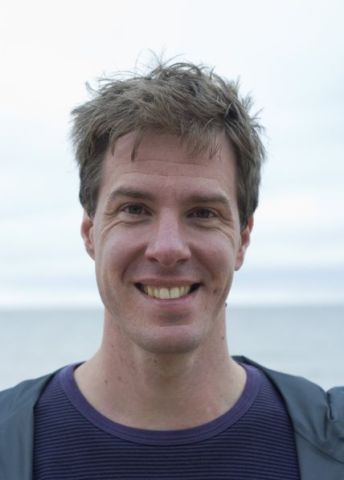
Program for mathematics 2016
Grant to recruit an international researcher
for a postdoctoral position
Tilman Bauer
KTH Royal Institute of Technology
Grant to recruit an international researcher
for a postdoctoral position
Tilman Bauer
KTH Royal Institute of Technology
Calculating step by step
Associate Professor Tilman Bauer will receive funding from the Knut and Alice Wallenberg Foundation to recruit an international researcher for a postdoctoral position at the Department of Mathematics, KTH Royal Institute of Technology, Stockholm, Sweden.
Algebraic K-theory is one of the most active areas of research in algebraic geometry, with significant breakthroughs being achieved over the last few decades. Applications of K-theory to several other branches of mathematics, including topology, geometry, and number theory, demonstrate its versatility.
Algebraic K-groups, which are invariants of certain geometric objects, form one of the key concepts of the theory. The invariants describe certain properties of the objects, and their primary purpose is to distinguish between the objects. Therefore, if two invariants differ from each other, so do the underlying objects.
K-groups are considered some of the most important invariants, particularly for non-linear algebraic objects, even though they may be very difficult to calculate. One way to facilitate these computations is to perform them in stages by utilizing a powerful and pivotal concept of K-theory called dévissage (from the French for “unscrew”). The method allows one to separate the parts of an otherwise very complicated object, perform calculations on each part first, and then step by step put the results together to obtain a global solution.
The goal of the project is to extend the dévissage method to a version of generalized K-theory called Waldhausen’s K-theory, which is important for understanding the original K-theory and for geometric applications. The expertise of the topology group at KTH in Stockholm will allow the problem to be approached by applying methods that have not previously been used in this context.
Photo: KTH Royal Institute of Technology